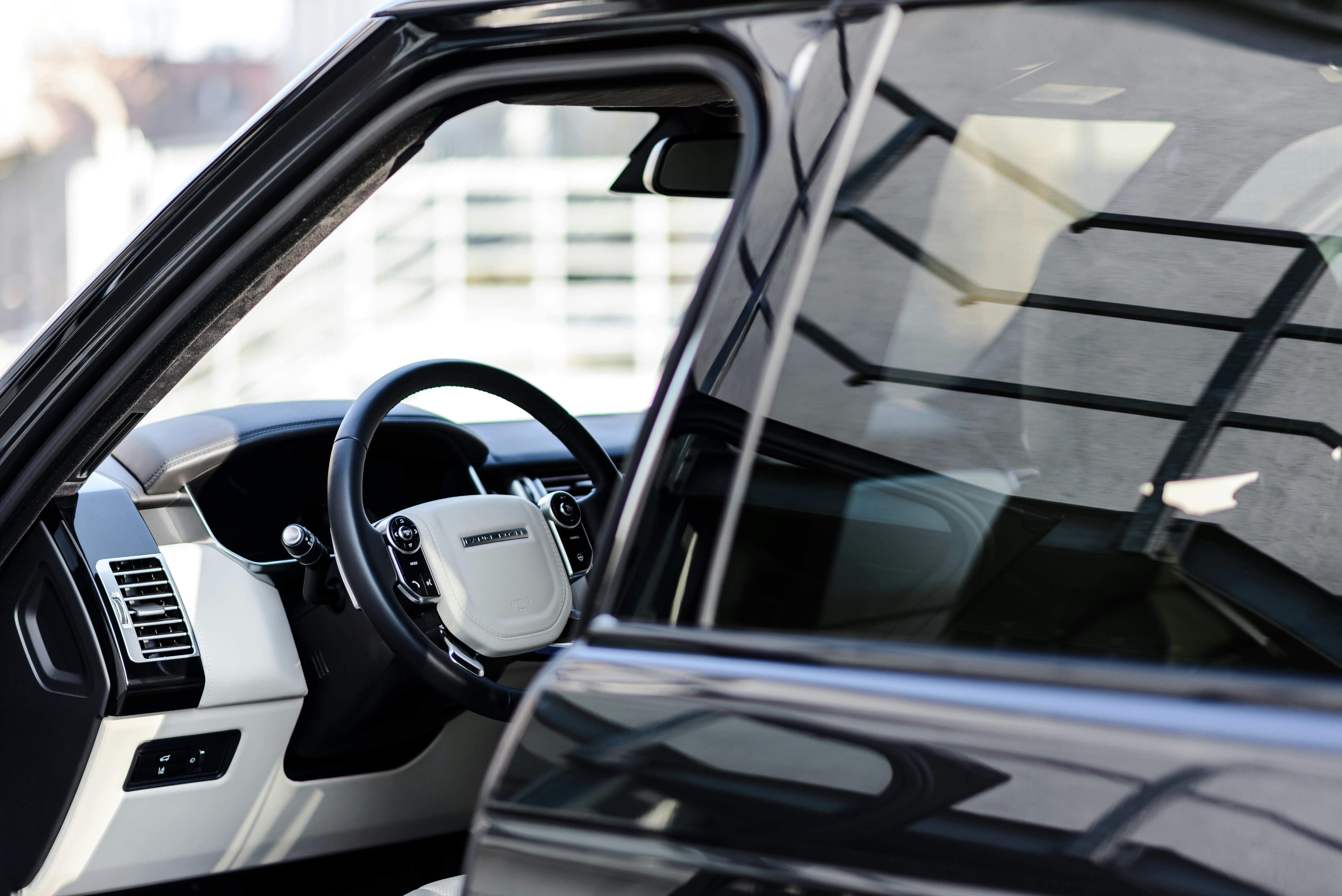How I replaced the rusted floor panels on my 1962 Chevrolet Chevy II Nova
I bought my 1962 Chevy II Nova in 1988 from a friend I was serving with in the National Guard. The car was pretty good. There were really no problems and I was able to drive it home, in fact I didn’t do any work on the car for several years. I drove him to work a couple of times a week and took him out on the weekends. I was very happy with the car. Three years ago, I decided to repaint it. I know I could have taken it to a body shop, but I wanted to do it myself. I wanted this to be a project that my son and I could work on together. I started to disassemble the car and this is the beginning of my story.
I guess I will learn a lot during the process of restoring my Nova to its original beauty, so I thought I would document the processes that I will go through and post them online with lots of images with the intention of maybe helping someone else with their project. Then let’s get started!
I have removed everything I can get from the car body. I mounted an ignition switch in the firewall so I can start the car and move it, but when the painting process starts, I will remove the engine and transmission. I started with the floor trays. There was a descending amount of rust at the front and only a little at the rear. Transmission hump and driveshaft tunnel were fine.
He wanted to buy the whole floor and replace everything, but it was more expensive than he wanted and he wasn’t sure he could handle such a big job. I wasn’t sure I had the ability to cut through the entire floor and replace it without possibly twisting or contorting the car (it’s a convertible). I decided to buy the left and right floor tray. This covered from the front to the back. After receiving the floor trays, I spent a lot of time thinking, rethinking, and strategizing on how best to remove the old and weld together the new. Since the entire floor pan was not rusted, I decided to cut just the rusted part and cut what I needed from the new replacement floor pan and solder it in place. I am very happy with this decision. By cutting only the rusted parts and replacing them with new metal, I was able to avoid any twisting or kinking of the car and probably saved myself a lot of time.
I was able to cut through the rusty areas in a couple of hours. I used pneumatic scissors which worked very well. Before purchasing the scissors, I tried several other methods, such as a pneumatic saw, tin snips, and aircraft cutters. Believe me when I say that a cheap pair of pneumatic scissors will be a lifesaver. I used the aviation cutters for fine cuts and small trim cuts.
Next, I separated the front and back of my new floor trays by cutting them in half. I cut the front of the floor pan about 2 inches larger than I needed. I then attached this to the front for a trial fit. When I had the replacement tray in place, I had it fit over the existing floor tray with a rubber mallet. I then used a can of white spray paint and sprayed around the perimeter of the new tray. By painting around the perimeter, I was able to see where the new tray would fit after taking it out of the car. I repeated this procedure for the other front side and then for both rear areas. This took me about a day to complete.
The next part requires welding, be sure to observe all safe welding practices to avoid life-altering injuries.
Now he was ready to weld the replacement sheet in place. This is where my brother was a BIG help! It has a MIG welder. We inserted the new molds and while he held them in place, my brother would spot weld each one. After each pan was nailed into place, we went back and studied their positions and made sure everything was exactly how I wanted it. My brother then completed the welding process until all four replacement parts were securely welded in place. I don’t know much about welding, but I think my brother had to spend more time and take extra precautions as the sheet metal is quite thin. After the replacement floor pan parts were in place, I proceeded to coat the seams with Bondo putty and then painted the entire floor pan with a rust preventative primer. My brother and I were able to complete the weld on Saturday morning and I took the rest of the afternoon to finish the Bondo. I put several coats of paint on the floor pan over the next few days.
From the pictures on my website, you can tell that it may not be a perfectly smooth and flawless floor pan, but I can assure you that it is a solid installation that will last for many years, even longer if it is in the garage, and it will look uniform. better once it is covered with a sound-deadening material and a new carpet. This worked well for my 1962 Chevy II Nova and I am sure it will work for you and your special project.
